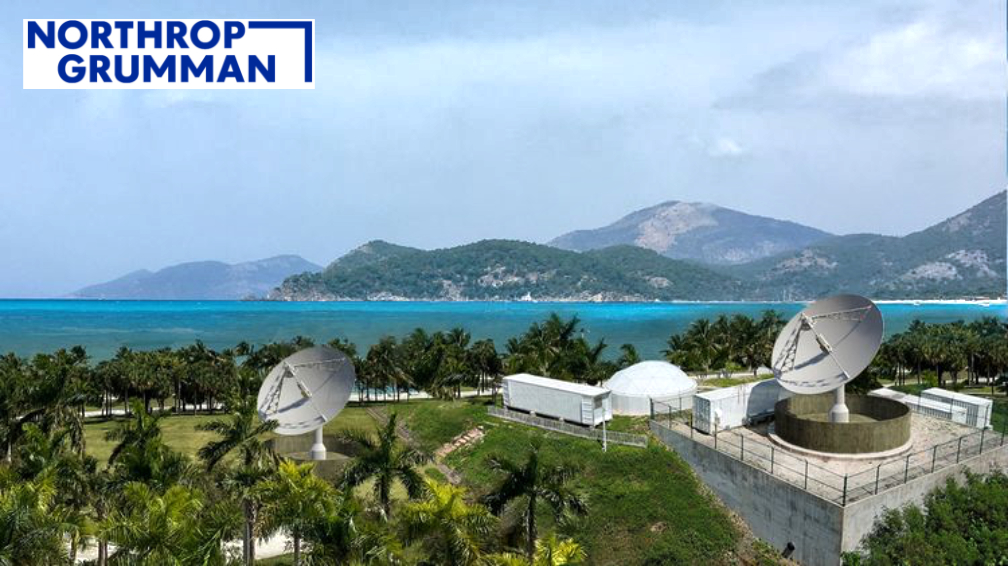
Northrop Grumman Corporation (NYSE: NOC) successfully completed a Critical Design Review (CDR) for Relay Ground Station-Asia (RGS-A) for a contract with U.S. Naval Information Warfare Center (NIWC) Pacific, on behalf of the U.S. Space Force’s Space Systems Command, to support operation of legacy and future missile-warning satellites.
The CDR confirms Northrop Grumman’s ability to transform the existing missile-warning system for a 2025 installation date, 18 months prior to the end of the contract.
Northrop Grumman worked with L3 Harris Technologies (NYSE: LHX) to validate the designs during the CDR, which took place only four months after a successful Preliminary Design Review (PDR). The PDR was also completed early. The CDR included various subsystem designs, validation and verification plans and methodology, and final details of the system integration at the deployed location in Guam.
RGS-A is a critical component of the nation’s missile-warning system that will enable the U.S. Space Force’s Space Systems Command to transform the existing missile-warning system with the Future Operationally Resilient Ground Evolution (FORGE) system.
A cornerstone of the FORGE architecture includes developing relay ground stations capable of supporting existing and new satellite constellations with the ability to handle changes in bandwidth and availability.
Relay Ground Station – Asia (RGS-A) antennas will be deployed in Guam and connect legacy and next-generation missile-warning and tracking satellites, a critical capability for our nation.
“Completing this CDR ahead of schedule showcases our commitment and ability to quickly respond to the NIWC Pacific’s pressing schedule requirements. We are on track to revolutionize current Space-Based Infrared System (SBIRS) and Next-Generation Overhead Persistent Infrared (OPIR) missile-warning constellation infrastructure with a much-needed capability in the Pacific region.” — Calvin Pennamon, Director, Operational Exploitation Systems, Northrop Grumman
